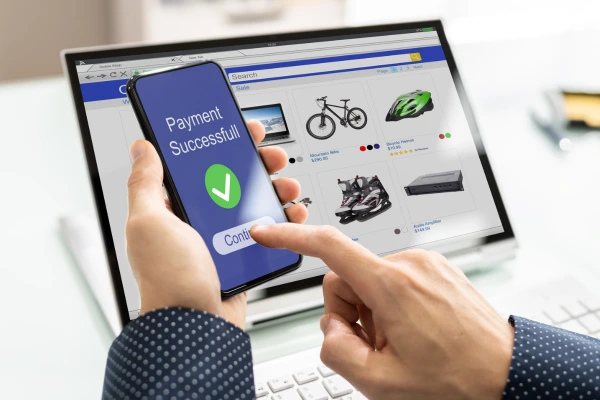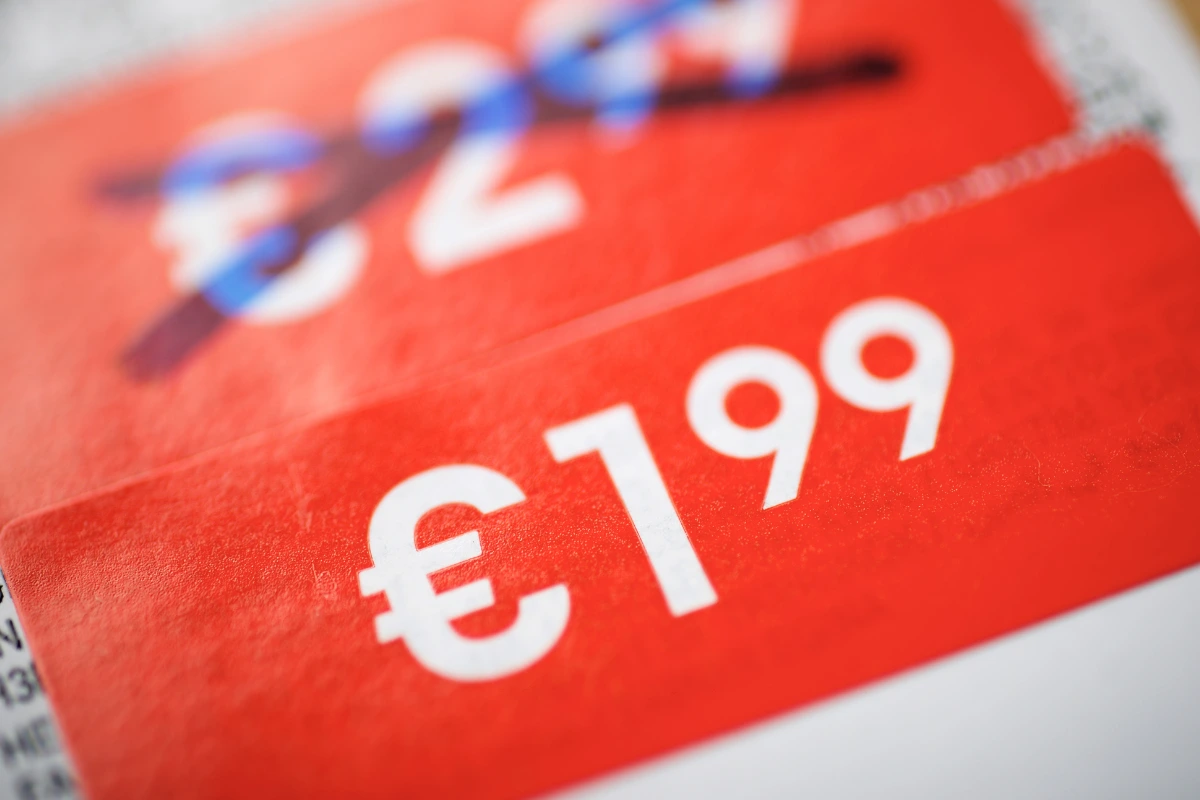In the era of digitalization and the rapid development of the e-commerce sector, the psychology of shopping has become one of the key tools for marketers. Understanding the psychological mechanisms behind purchasing decisions allows for the creation of more effective marketing strategies—ones that will increase sales and build customer loyalty. In this article, we will analyze what the psychology of shopping reveals about consumer decisions and how to use these mechanisms to create effective calls-to-action (CTA), attract attention, and build customer trust.
Analysis of psychological mechanisms influencing purchasing decisions
In the world of online shopping, understanding consumer behavior and the psychological mechanisms that influence their purchasing decisions is crucial. Purchase decisions are rarely made solely based on rational considerations—they are often shaped by emotions, impulses, and social and psychological stimuli. By analyzing these mechanisms, you can better predict your customers' needs and more effectively influence their choices. Learning and utilizing these principles can bring many benefits in the form of increased sales and the building of strong, long-term customer relationships.
Here are some key mechanisms that influence customer purchasing decisions:
The Social Proof Effect
People have a natural tendency to follow others, especially in situations of uncertainty—this can be leveraged in business. In e-commerce, product reviews or customer ratings can be treated as social proof, increasing trust in the product or brand. When a consumer sees positive reviews from other buyers, they feel more confident and are more likely to make a purchase.
The Scarcity Principle
According to the scarcity principle, people most desire what they might lose or cannot have. In the context of online sales, this is often used through limited product availability, time-limited promotions, or product page messages like "Only 3 products left!". These strategies are designed to prompt the customer to make a purchase decision more quickly. This mechanism plays on the fear of missing out (FOMO).
The Reciprocity Principle
The reciprocity principle leverages people's natural inclination to return favors. In e-commerce, offering something for free (such as an e-book or free shipping) can effectively encourage a customer to make a purchase—since the consumer feels obligated to reciprocate by placing an order.
The Commitment and Consistency Principle
When a consumer shows even small signs of engagement in your store—such as subscribing to a newsletter or adding products to the cart—the likelihood of them making a purchase increases. This means that a customer who has already taken small steps toward purchasing is more likely to continue that process. The principle of commitment and consistency uses people's natural tendency to stick with their earlier decisions.
How to use psychological mechanisms in practice
Understanding the psychological mechanisms underlying purchasing decisions is key to success in e-commerce. It’s worth applying this knowledge to create effective marketing strategies that not only boost sales but also build lasting relationships with your customers. How can you utilize these mechanisms?
- The Social Proof Effect can be applied by prominently displaying user reviews and product ratings. Promoting products with a large number of positive reviews increases the chances of higher sales.
- The Scarcity Effect is perhaps the easiest to implement—just introduce time-limited offers, creating a sense of urgency. Another option is offering products in limited quantities. You can also add messages like “Only 6 items left!” on product pages to enhance the scarcity effect.
- The Reciprocity Principle can be applied by adding small freebies to purchases—such as product samples. Customers who receive something for free are more likely to make repeat purchases in your store. Remember that you can also share knowledge for free—offer free advice in newsletters or e-books.
- The Commitment Principle is often used in the form of loyalty programs—customers earn points for purchases, and the more points they collect, the harder it becomes for them to stop.
These are just a few examples of how to practically apply the psychology of online shopping. However, there’s another essential element of sales that shouldn’t be overlooked—effective calls to action (CTA).
How to create an effective Call to Action (CTA)?
A Call to Action (CTA) is a prompt or button that encourages users to take a specific action on a website. It can be in the form of text like “Buy Now,” “See More,” or “Check the Offer.” A successful CTA should be clear, precise, and motivating. Avoid overly general phrases like “Click Here”—they aren’t engaging. Ensure that the Call to Action is highly visible on your website—highlight it with contrasting colors or design elements.
There are several factors that influence the effectiveness of a CTA:
- Clarity of the message: the CTA should be simple and understandable, so the user has no doubts about what will happen when they click the button.
- Placement on the page: the CTA should be placed where the user naturally directs their attention.
- Visibility and visual appeal: the CTA should stand out from other elements—use contrasting colors, larger fonts, or an unusual shape. However, make sure the CTA still fits cohesively with the rest of the site.
An effective Call to Action is one of the most important elements in e-commerce. A well-designed CTA can significantly influence a user’s purchasing decision, improving the conversion rate and ultimately increasing your store's profits.
The psychology of online shopping plays a crucial role in shaping consumer decisions. Utilizing principles such as commitment and consistency, the scarcity effect, or social proof can significantly increase the effectiveness of sales efforts. However, applying these techniques alone is not enough. A precise and convincing Call to Action is also essential, guiding the customer to the final step—making the purchase. By creating well-thought-out CTAs that evoke the right emotions and address the audience's needs, you can successfully close the sales process. It's important to remember that psychology is not just a tool for analysis but a practical foundation for effective online marketing strategies.








